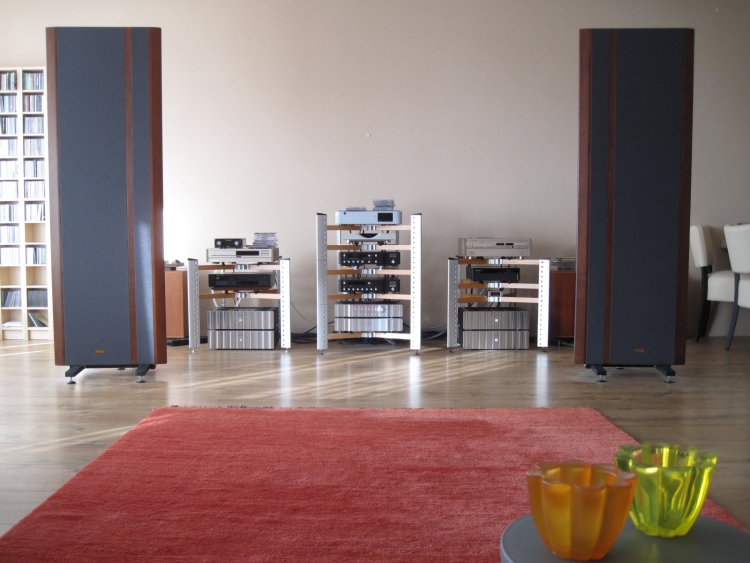
Virtually indistinguishable on most photos you see on the net but quite different in real life, and surprisingly, also quite different in sound!
The middle rack on the picture above is a genuine Finite Elemente Spider rack. The smaller left and right racks are Chinese imitations by E&T. On these photo’s you can’t tell the difference, but up close it is easy to spot the differences. At this time I had already bought and sold several Spider racks as my system changed through time. When I learned of the E&T imitations, naturally I was curious to find out how they would compare. I figured that their sound might be very close, considering that they are made from the same materials.
The added bonus was that the E&T aluminium pillars are of one piece over their entire 60cm height, unlike the original Spider’s 30cm pieces, which would allow me to have them stand over the Rowland poweramps, without the amps actually having to be in the rack.
Below is a collection of pictures, comparing several aspects of the Finite Spider with the E&T Spider followed by my conclusion.
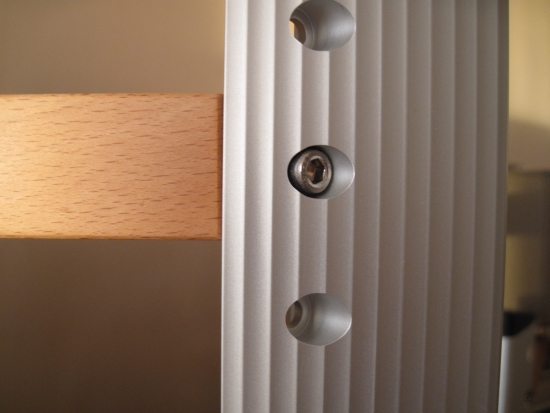
Above: Finite Elemente Spider – nice smooth aluminium with a soft glow and deeply sunk in screws.
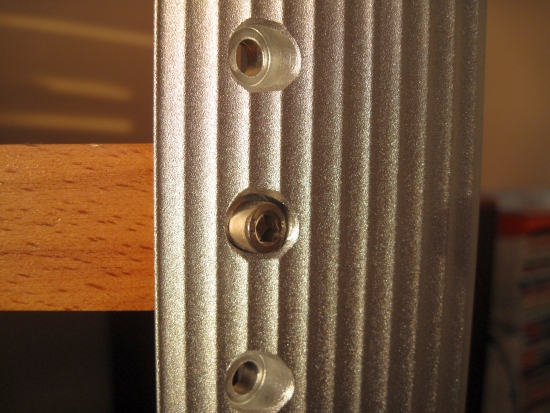
Above: imitation E&T Spider – rough aluminium with plasticky shine and screws that stick out. Also if you knock it, it sounds hollow and resonant, unlike the real Spider.
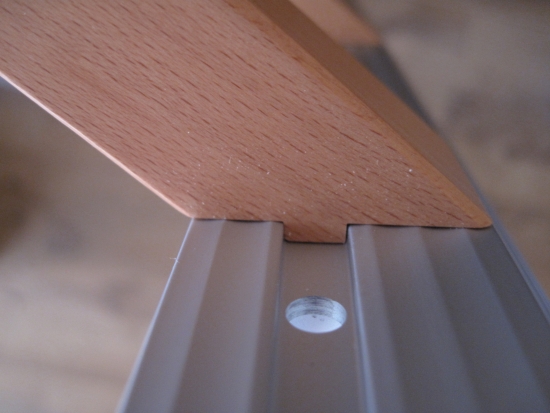
Above: Finite Elemente Spider – tight-fitting wooden struts that are themselves also smoothly finished, with a very evenly spread transparent laquering.
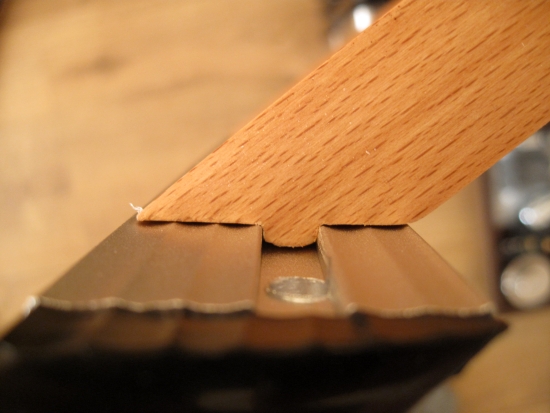
Above: Imitation E&T Spider – Badly fitting wooden struts that are also cut inaccurately, making the 4 pillars tilt in all kinds of directions. By carefully mixing and matching all available struts and sticking pieces of carton between them, the stars and pillars, eventually I managed to make the racks appear more or less level and straight. But still they are much more wobbly and springy than the original ones.
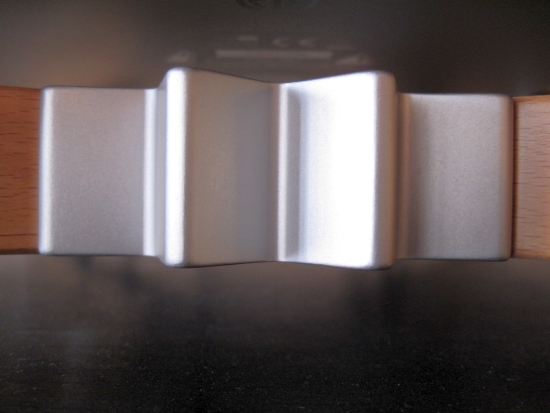
Above: Finite Elemente Spider – Smoothly finished star element with soft edges.
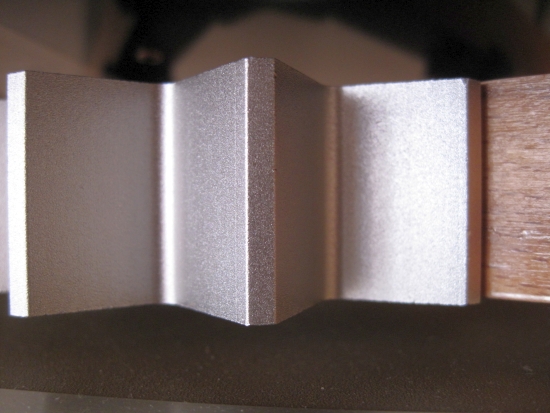
Above: imitation E&T Spider – rough aluminium with plasticky shine and sharp edges
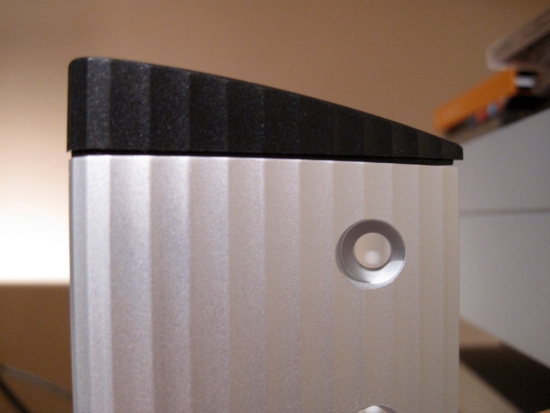
Above: Finite Elemente Spider – Nicely fitting, durable plastic endcaps.
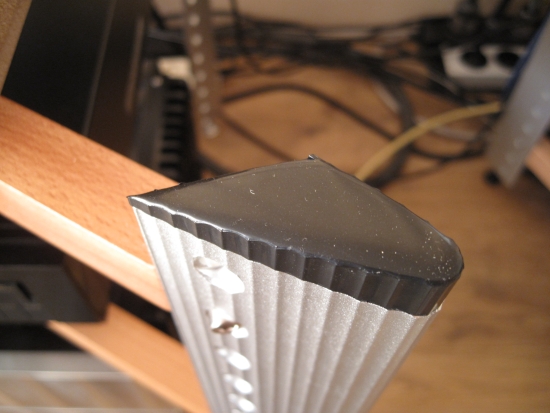
Above: E&T Spider – soft, ill-defined, bad-fitting plastic endcaps that are not compatible with the real Finite Elemente ones for size or engravement, preventing a swap. These caps make the racks look really cheap up close.
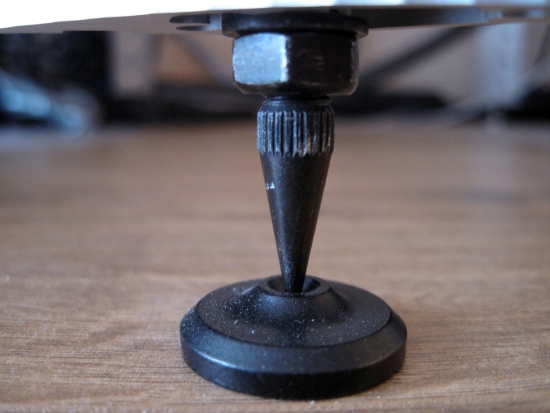
Above: Finite Elemente Spider – Sturdy spike and heavy metal disk.
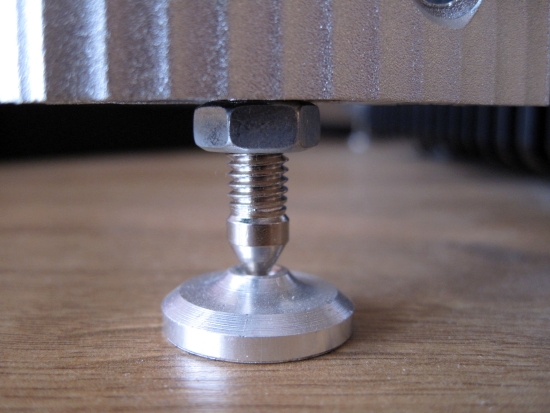
Above: E&T Spider – light steel spike and super-lightweight aluminium disk.
Sound
By now the visual differences should be clear, but if that was all, then still they would have been an incredible bargain at around 150 euro, compared to 770 euro for a similar size Finite Elemente Spider rack. But soundwise they also differ: real Spiders make the sound faster, lighter, more articulate and more airy, without adding harshness or colouration. The imitation racks apply what sounds like some sort of loudness effect to the sound: sinking the midrange and dynamics, leaving only bass and treble. The resultant sound is not unpleasant but can also not be considered to be high end.
Replacing the imitation rack’s spikes and disks for the real Finite ones already makes for a faster, more dynamic sound, but still the E&T and Finite racks sound nothing alike.
I’m glad to have tried this because the information I have now was not available on the internet and it is my nature to carry out comparisons anyway. However, I must stress that no matter how cheap these racks appear, cosmetically it is clear that one gets what one pays for.
My advice is to stay away from these imitation racks. I agree that the real Finite Elemente racks are pricey but there’s always the second-hand market. If you buy the imitations, you won’t be doing yourself a favor: the wooden struts have been cut so inaccurately that it takes a lot of effort to get them even to stand level and straight. The fit and finish are really lacking compared to the real Finite Elemente rack. Lastly: don’t expect them to sound the same – they don’t. If you have an upscale audio set and are serious about sound then you will not be doing yourself a favor by buying the E&T racks. If you can afford them, go for the originals.
Read Also
Finite Elemente Pagode and Spider
Finite Elemente Spider compared to Solid Tech Rack Of Silence

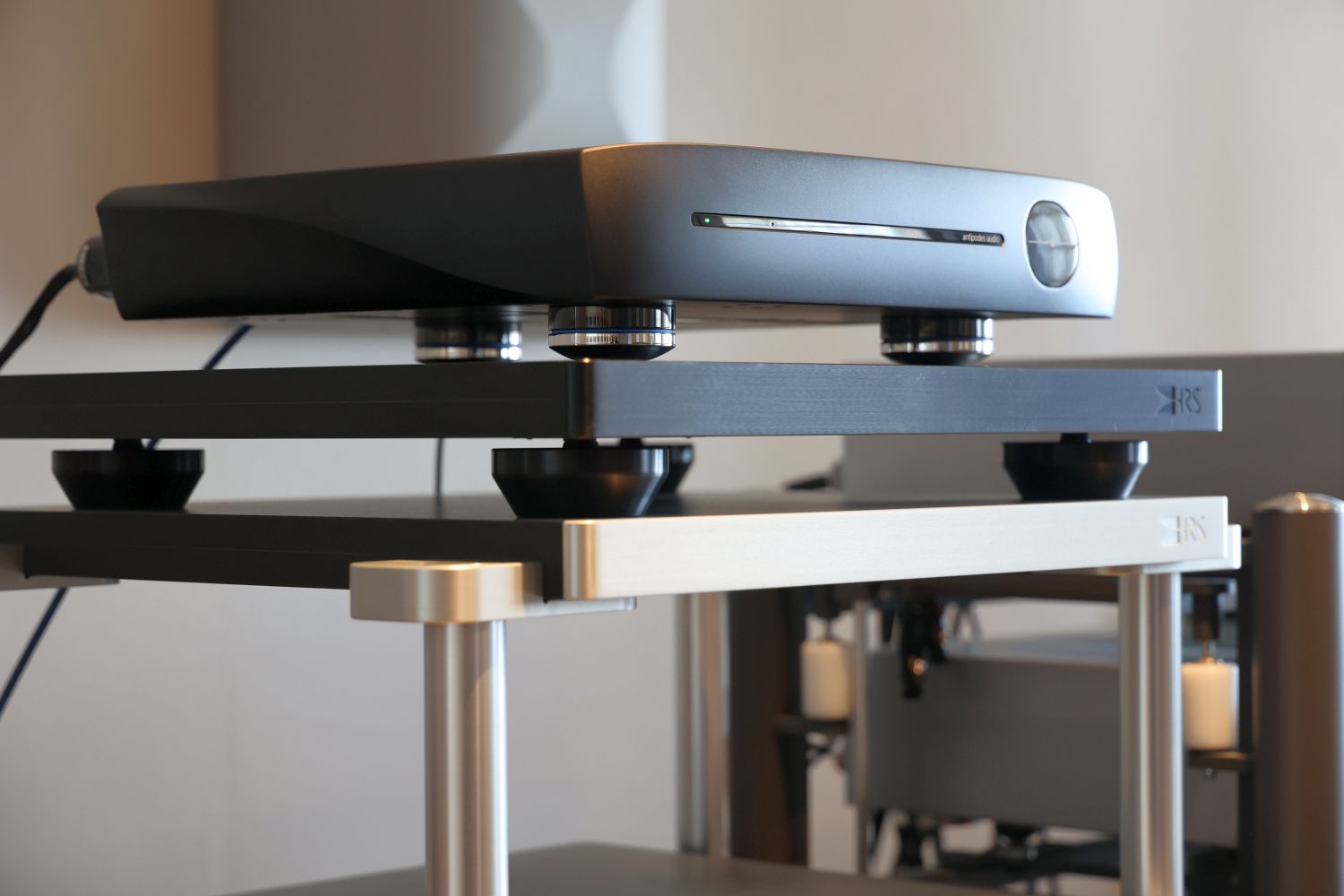


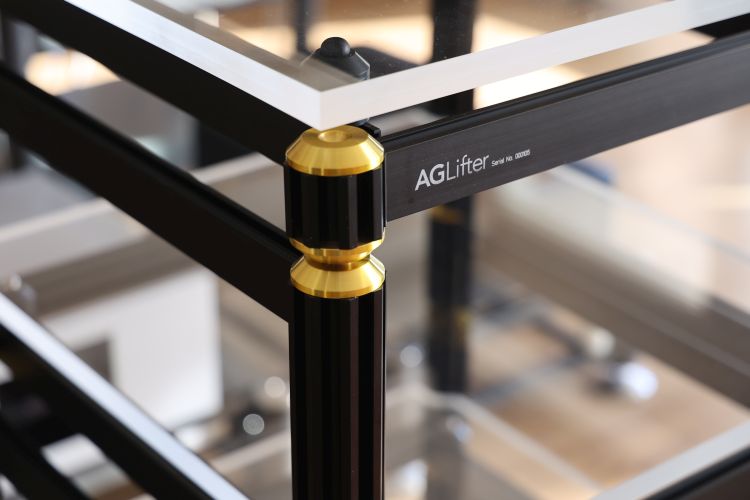
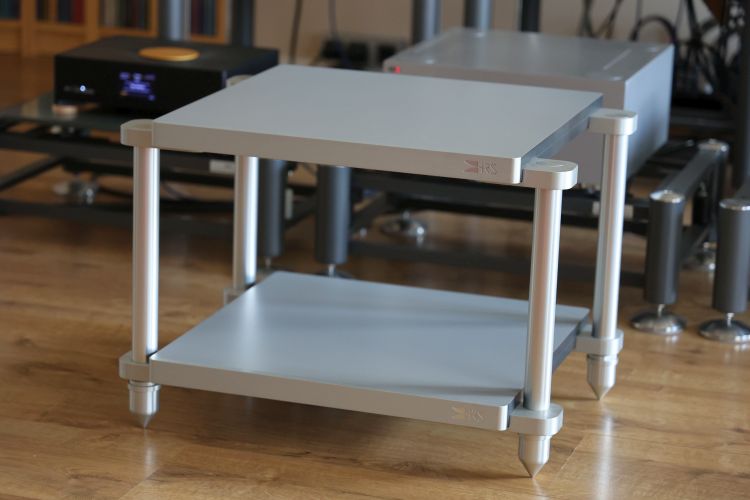
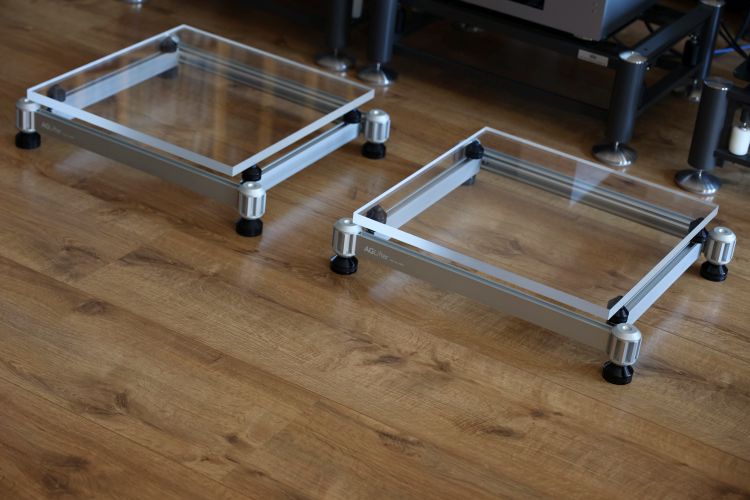
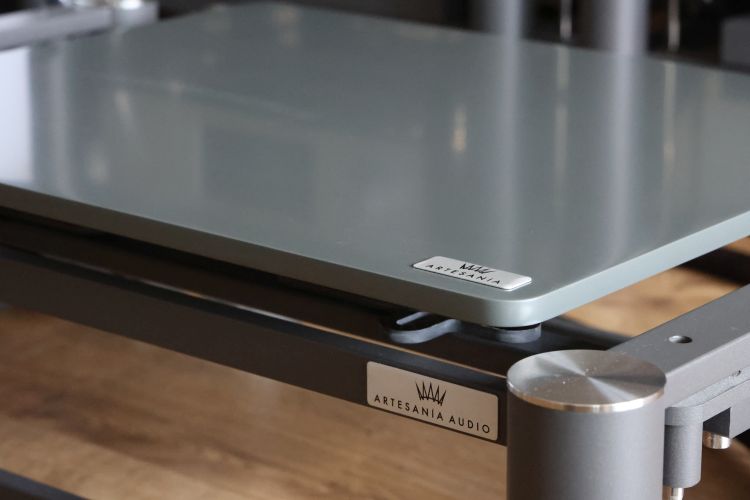
Hello,
Are the spike screws of the E&T rack threaded m6 or m8 or something else?
Best regards,
Heikki
I don’t have either rack anymore so cannot check but I believe the E&T racks have the same thread as the original Finite racks, so probably M8.
I wonder what are the differences sound-wise between the knock off and original?
You say “the sound of knock off is not unpleasant but can not be considered as High-End” It’s kind of unclear….
I am trying to understand why would be a difference if materials are the same? Finish – I don’t think can be related. If both profiles are aluminum and if the spider links are wood(maybe oak???) than the only other difference will come from the rubber feet or metal treaded spikes? Besides that knockoff is obvious I am trying to justify or explain to my self technically why they will sound different. It’s not too hard to replace the spikes with “sturdy metal” ones.
Just my curiosity….
Vlad
I can only guess as to precisely why the two sound different. But I can tell you what I observed. The aluminum of the knock-off racks had a different ring to it when struck, indicating a difference in the material or the manufacturing process. After all, aluminum can be made in many different grades and densities. Also, the wood was of lower quality and had a very bad fit, only partial, in most cases. Finally, the original rack uses 30cm pieces of aluminum that are attached via plastic couplers whereas the knock-off uses a single 60cm piece.
In terms of sound quality, the original racks make the music sound faster, more transparent, and more energetic as well. The knock-offs don’t have this particular quality and they even tend to dull the sound a bit.
Hi Christian,
Yes, now it makes perfect sense. Especially the part that the original uses 30 cm pieces separated by couplers, plus the material density and grade….yes.
Thanks a lot for the explanation.
Hi Christiaan Punter, My name is George and I’m wondering if you can help me in this matter. I’m looking at a “Finate Elemente Spider” audio rack on Audiogon, Listing ID: lisa219c. Can you tell me if it is authentic or a fake? I sent Luis Fernande from Finite Elemente a pic and a brief description of this and he feels it is the Chinese phoney version. He wants 750 or best offer plus 150 for shipping which I feel is a bit too much for S&H. Please help me out as if it is the “real Mc Coy” I woulc certainly grab it.
Hi George, unfortunately, the photos do not show the rear side or the parts where the wooden struts meet the aluminum which are dead giveaways. But still, and in spite of the Spider and made in Germany stickers, I have a strong feeling that it is not a real Spider because the aluminum uprights seem to be from a single part whereas the original Spiders would consist of two 30cm parts with a very visible split in-between.
Hi Christiaan, Thank you very much for the reply. Yes I now see that the aluminum uprights are just one piece and also just like Luis stated which is in concurrence. The “Spider” is such a cool looking piece, maybe someday I’ll find an original for sale. Once again thanks a bunch for taking the time in checking the listing.
George
Hello George,
So have you finally found the Spider?
Regards,
Karl
Dear Christiaan, thanks a lot for your work. You helped me a lot because i have 2 chinese versions from E&T in original cartons waiting to build up. Now i know what kind of details to look for. Thanks a lot!
The rubber that rests on the horizontal timber beams might be of a different composition. Everything can have an affect on the sound.
Of course, but I made sure to use the same interfaces for both racks.